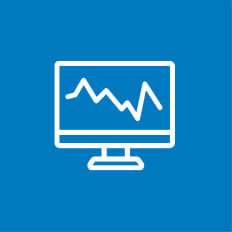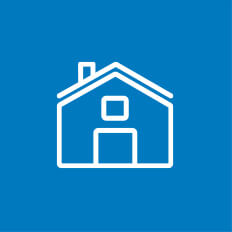The pillar 3a is a tax-privileged private providence category which can be used to save for retirement. Once you transfer money to a pillar 3a retirement saving or investment solution, you can only withdraw it when you reach retirement age (there are exceptions to this rule). The money is held in escrow by a retirement foundation. There is an limit on how much money you can pay into combined pillar 3a providence solutions each year. You can deduct money paid into the pillar 3a from your taxable income.
Other than that, pillar 3a accounts are much like normal savings accounts, and pillar 3a retirement funds are much like normal investment funds.
A pillar 3a retirement account yields interest just like a savings account. Interest rates vary between banks and accounts. As with savings accounts, the interest rates of pillar 3a accounts can change at any time without notice.
When you deposit money into a pillar 3a retirement account, you earn interest on your account balance.
When you invest money in a pillar 3a retirement fund, the fund invests your assets in a portfolio of securities and other investment vehicles. Depending on how investments perform, you may lose money or earn returns. The higher the stock component of a fund portfolio, the higher the potential return is and the higher the risk of short-term losses is.
Pillar 3a retirement accounts are a much more conservative investment because there is very little risk of you losing money. The tradeoff for the security is that you earn very low returns. Retirement funds expose your capital to a lot more risk – at least over the short term – but in exchange you can potentially earn much higher returns than you earn with pillar 3a accounts.
If you only plan to withdraw your pillar 3a assets in 10 to 15 years, investing in a retirement fund with a high stock component can make financial sense.










